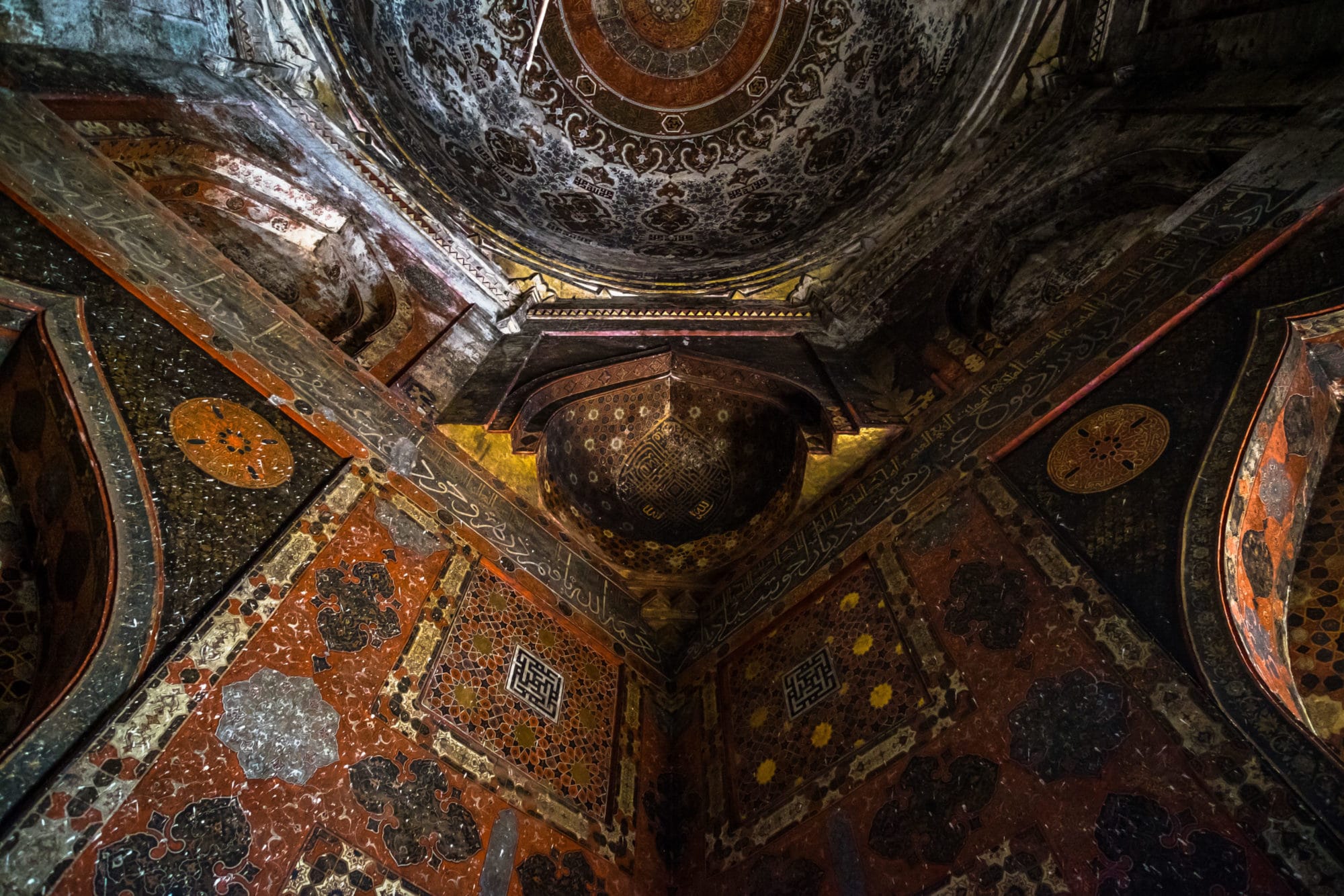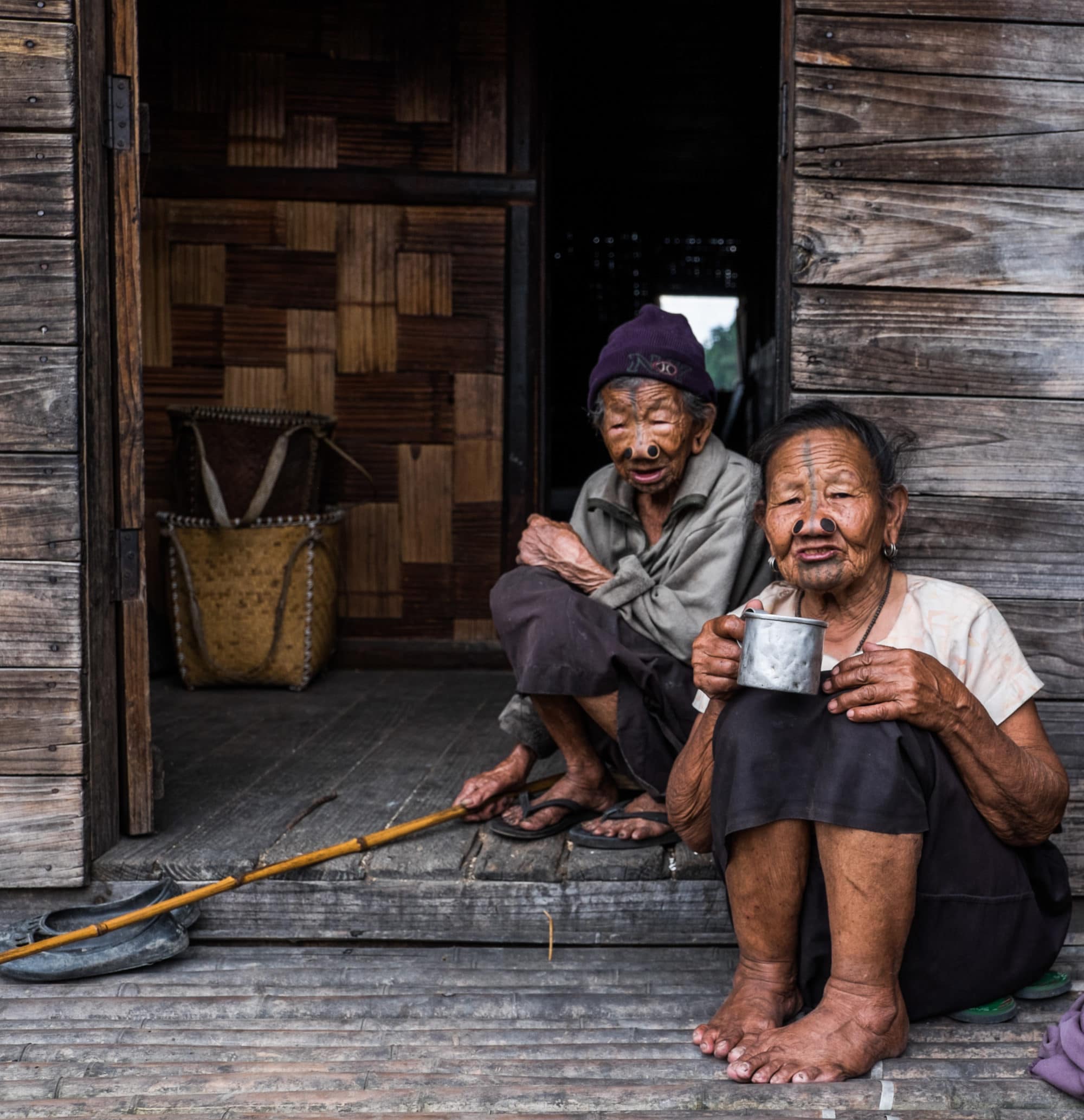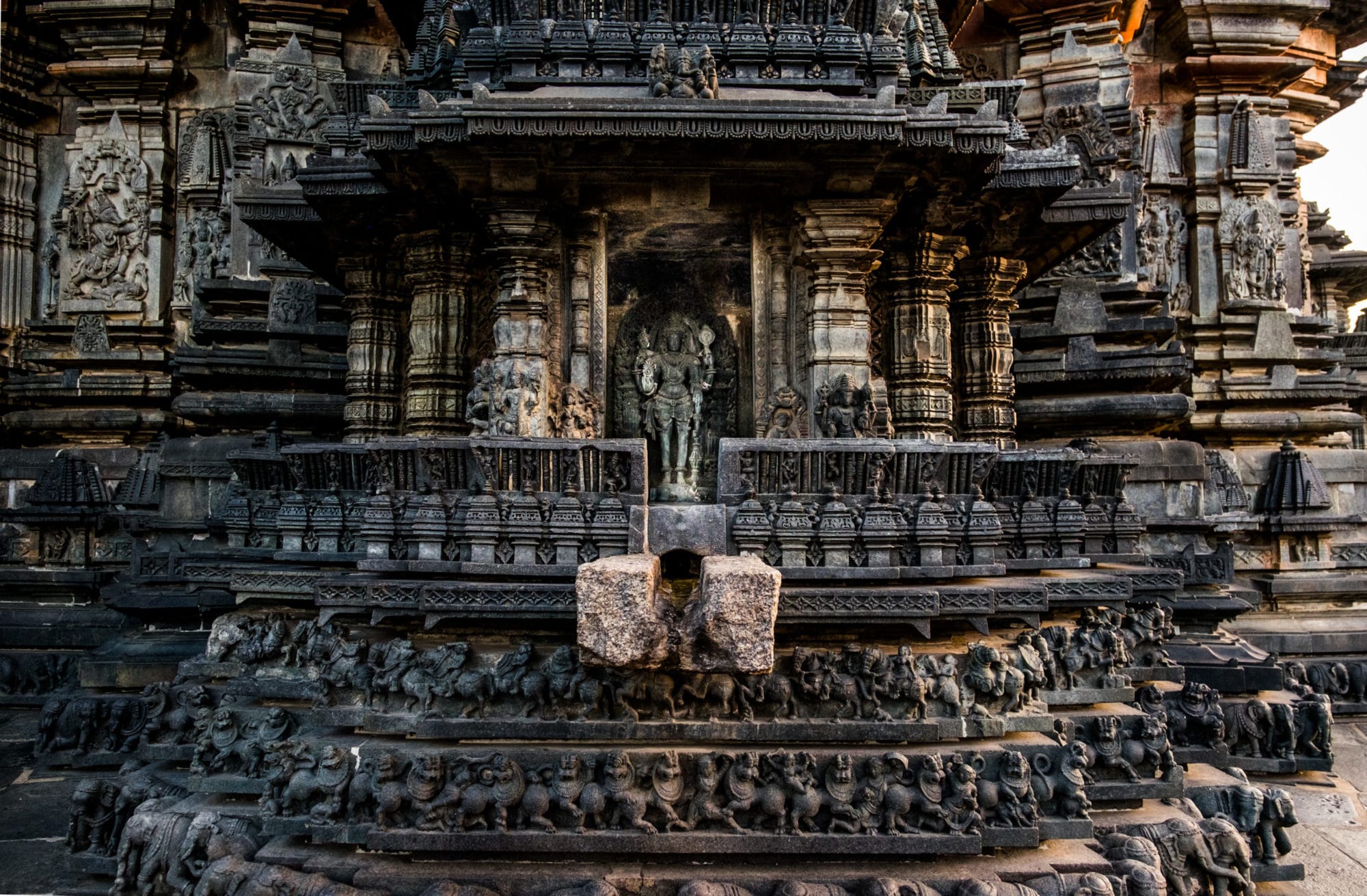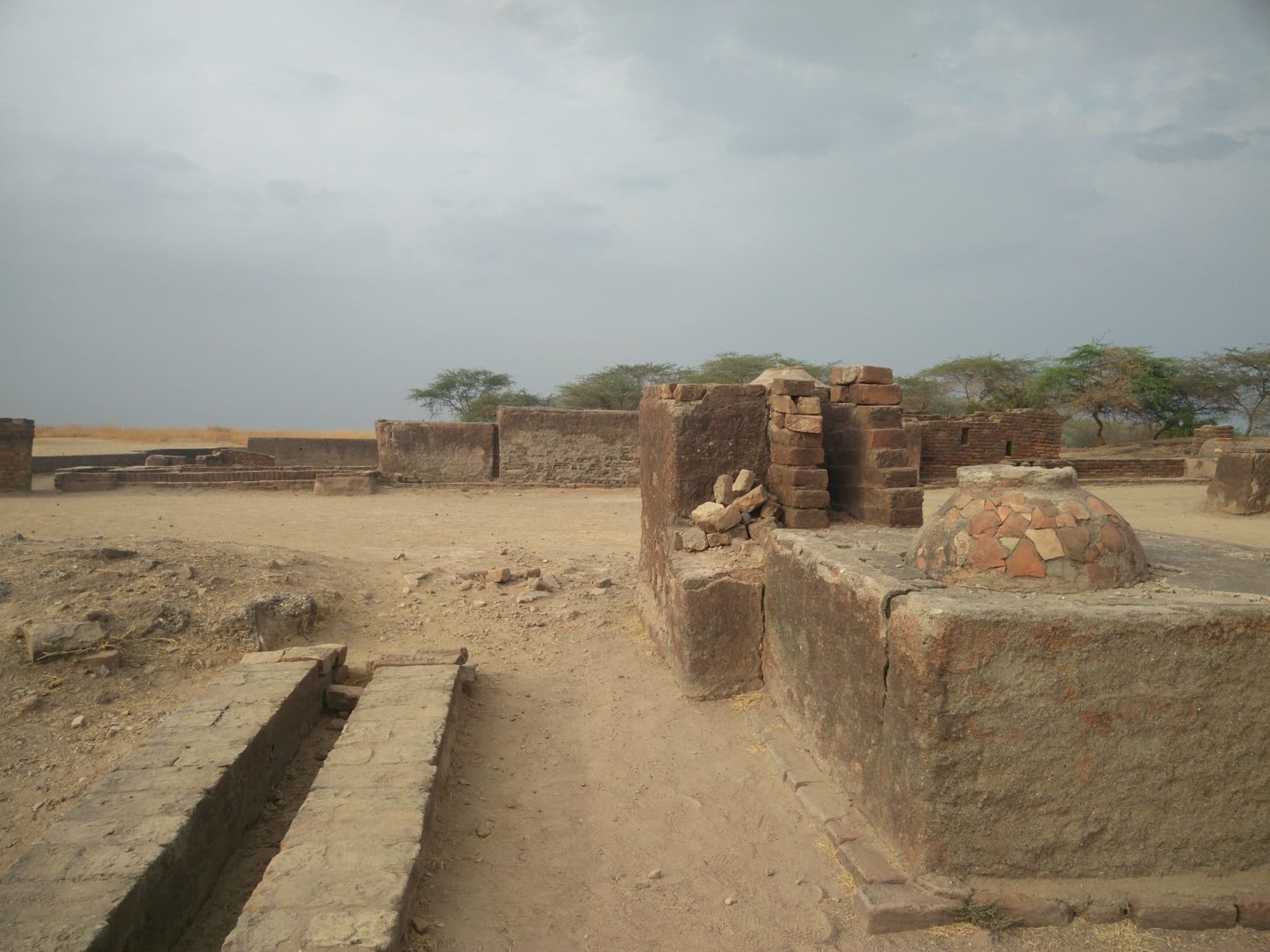One of India’s key draws as a tourist destination is its sheer diversity not only culturally but also historically and ecologically. Take, for instance, the 35 UNESCO World Heritage sites spread across the country, the sixth highest number in the world. In addition to these, a number of sites, monuments, natural wonders and places of cultural significance have been proposed by the government and are currently under consideration for World Heritage status by UNESCO. Here are five of our favourite places among those awaiting UNESCO’s nod.

The Monuments of the Deccan Sultanate
The Deccan Sultanate refers to the group of dynasties, mainly of Persian and Central Asian origin, that ruled large parts of the Deccan Plateau in the mid-1500s and 1600s mainly in the areas covering southern Maharashtra, northern Tamil Nadu, Karnataka and parts of western Telangana. These dynasties, often at war with each other and their Hindu neighbours, created a distinct architectural style that fused Persian and Hindu elements with European influences to create some staggeringly unique monuments. The most prominent amongst these dynasties were the Adil Shahi, Qutub Shahi, Bahmani and Barid Shahi dynasties of Bidar, Bijapur, Gulbarga, and areas around Hyderabad, and remains of their architectural feats can be seen strewn across these cities.
Patrons of affluent lifestyles and the arts, they built stunning high-domed mausoleums, many with typical Persian frescoes and tile work; intricate and detailed mosques; and forts that rival the more well-known ones in Rajasthan. Some of the best surviving monuments include the Gol Gumbaz, the Ibrahim Rauza and Gagan Mahal in Bijapur; the Qutub Shahi tombs outside Hyderabad and the Bidar Fort and Bahmani tombs in Bidar. It’s wonderful to wander around smaller towns like Bidar and Bijapur, which are dotted with the stunning legacy of these rulers, marvelling at the ornate work and beautiful attention to detail. Many of these places are under-visited, quiet and free of throngs and provide a significantly more pleasing experience than wandering around, say, the Taj or the Ellora caves.
Pro tip Don’t miss the ASI museum outside the Gol Gumbaz. Also note that many ticketed sites are closed one day of the week, so plan accordingly when visiting. Bidar and Bijapur can be be easily accessed by train from Bangalore, Hyderabad and Mumbai.

The Apatani Cultural Landscape
When you descend into Ziro Valley in central Arunachal Pradesh after hours of driving through bumpy and winding roads from Itanagar, you get the feeling you have reached someplace special. Surrounded by the eastern Himalayan range, the valley is incredibly beautiful, with a patchwork of yellow, green and brown fields all ringed by dark forests. When you wander into one of the many old villages that dot the valley and meet Apatanis you get the feeling that there is something special about them too. The Apatani tribe has occupied the Ziro region of Arunachal for generations. The tribe has developed a system of paddy cultivation in which fish are reared side by side in the water canals in the fields and millets are grown on raised channels of lands that form the partitions between fields. Aside from grain and meats like pork and beef, the Apatanis, much like the old tribes in other states of the North East, are also known to eat a variety of worms, insects and even rodents to supplement their basic diet.
The Apatanis are distinguished by their unique facial tattoos and nose plugs worn by women and some men. The legend goes that Apatani women were among the most beautiful of all the tribes. Because of this were frequently kidnapped by men of neighbouring tribes. To prevent this the Apatanis took to tattooing and nose plugs as a method of self-mutilation to make themselves less desirable. We are not quite sure it worked, as the women are still beautiful, with serene faces, made a little mysterious by the tattoos. This practice has now been banned by local village councils as it’s considered painful and has outlived its relevance.
Pro tip A cool time to visit Ziro is during the Ziro Festival of Music in September.

The Hoysala Temples
A five-hour bus ride away from the famous coffee plantations of Karnataka is the site of the eleventh-century Hoysala empire, which was known for its stone carving skills. Over 250 years, various Hoysala kings built a group of 25 Jain and Hindu temples. The main two of these are located in Belur, the old capital and in Halebidu, 16 kms away. The towns are small, dusty and forgettable, but the temples are awe-inspiring works of art.
Built in 1117 AD by King Vishnuvardhana in commemoration of his victory over the Cholas, the Chennakesava Temple in Belur is dedicated to Vishnu and took 103 years to complete. The temple in Halebidu, dedicated to Shiva, took almost 200 years. The Vishnu temple has intricately carved stories from Hindu scriptures and mythology. It has 48 pillars and the ones with the dancing girls are especially beautiful and delicate. The Shiva temple tells stories from the Ramayan that have been carved in fine detail. Interestingly, the Hoysala sculptors signed their work with their names, dates and place of origin. Surprisingly, the temples aren’t crowded with tourists and it’s possible to spend a few quiet hours exploring them.
Pro tip Both temples can be visited within the same day, and are easily accessible from Mysore.

The Ancient Sea Port of Lothal
Tucked away in a dusty corner of southern Gujarat, a couple of hours from Ahmedabad, is the excavated site of Lothal, an important port in the Indus Valley civilisation that served as its centre of trade and commerce with West Asia and Africa. Lothal, which dates back to 3700 BC, was discovered in 1954 and excavated by the Archeological Survey of India. Its dock, apparently the world’s earliest known, connected the town through the Sabarmati river to other Harappan cities in Sindh. Today the well-maintained site is quiet and serene, surrounded by the deserts of Gujarat, with horses and wild donkeys roaming wild. Outside the excavation site, which has walkways and paths to ensure you don’t step on the stones and bricks that are millennia old, is a small but interesting Archeological Museum where antiquities and a map of what Lothal would have been like are displayed.
Pro tip Visit the site and museum early, before the crowds arrive and then spend the rest of the day and a night at Utelia village, where the old palace is now a homestay.

The Mansions of Chettinad
Imagine a house that spans an entire block, with three inner courtyards and over 50 rooms, built with Italian marble, Spanish granite and Burma teak. Next, imagine a village full of these houses. Actually imagine that there are 60 to 70 such villages and that each of them is full of such mansions. These are the mansions of Chettinad, home to the Chettiars of southern Tamil Nadu, a trading community that amassed an incredible fortune in pre-Independence India and built palatial homes. Now that the community has fallen on hard times, these homes, with all their antique furnishings, paintings, intricate wood carved ceilings and door frames, and massive courtyards with handmade tiles, are falling into a state of disrepair. Many of the treasures inside them are being scavenged by antique dealers from places such as Delhi and Mumbai. Fortunately, a few community members have banded together to help conserve these mansions and to lobby for them to acquire World Heritage status. This will help raise funds for the maintenance of these treasures and to restore them to their former glory. In the meantime, you can make a trip down to the village of Kanadukathan where you can not only visit these ostentatious houses, but even stay in one for a few days and indulge in some amazing Chettinad cuisine.
Pro tip We suggest staying at the home of Mr. Chandramouli in Kanadukathan. Don’t miss the antique market in Karaikudi and the tile factory in Athangudi.
This story first appeared on The Daily Pao as part of our monthly column ‘Tripping on India’.
Love this post !! Great work, as always.
Thanks Shubham! Have you been to these places?
Some of them, not all.